Looking at the graceful image of the ancient bull, I wondered what the artist who carved it 12,000-14,000 years ago was like. His artistic ability must surely have been valued by his community. The fundamental human expression feels timeless and lends a greater intimacy to the prehistoric burials at the Grotta del Romito or Hermit’s Grotto in northwestern Calabria. The natural limestone cave, one of Italy’s most important fossil sites, is situated in the foothills of the Pollino Mountains in a district of the town Papasidero.
DISCOVERY OF THE BOS PRIMIGENIUS
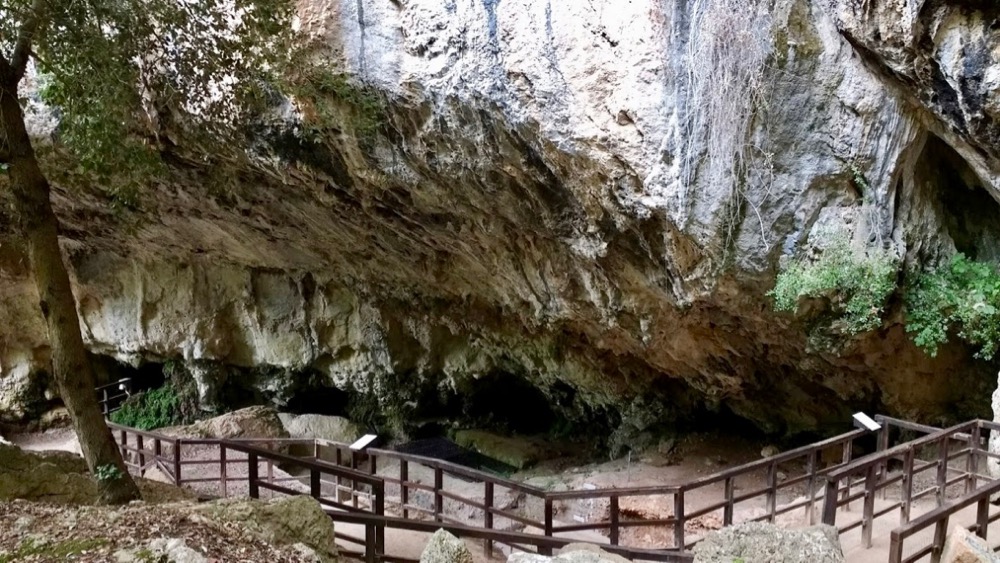
Grotta del Romito – the ancient carving of the Aurochs is on the light-colored rock under the overhang
When we speak of discoveries, the implication is that something was hidden and then uncovered or revealed in some way, yet the etching of the ancient bull, scientifically referred to as Bos Primigenius, was not concealed deep inside the cave, but was and is at its entranceway under a long overhang of about 34 meters or 112 feet. Certainly, you have to be close enough to see it, but the grotto would have been attractive to all sorts of people as it provides a perfect shelter. A contemporary designer might call the deep cave with its naturally covered terrace a fine example of prehistoric indoor/outdoor living.
While a few locals and an amateur archeologist made the bull’s existence known in the mid 1950s, the official “discovery” took place in 1961 when the director of the museum in nearby Castrovillari came by for a look. Excavations led by the archeologist Paolo Graziosi of the University of Florence began in 1962.
THE AUROCHS OF THE GROTTA DEL ROMITO
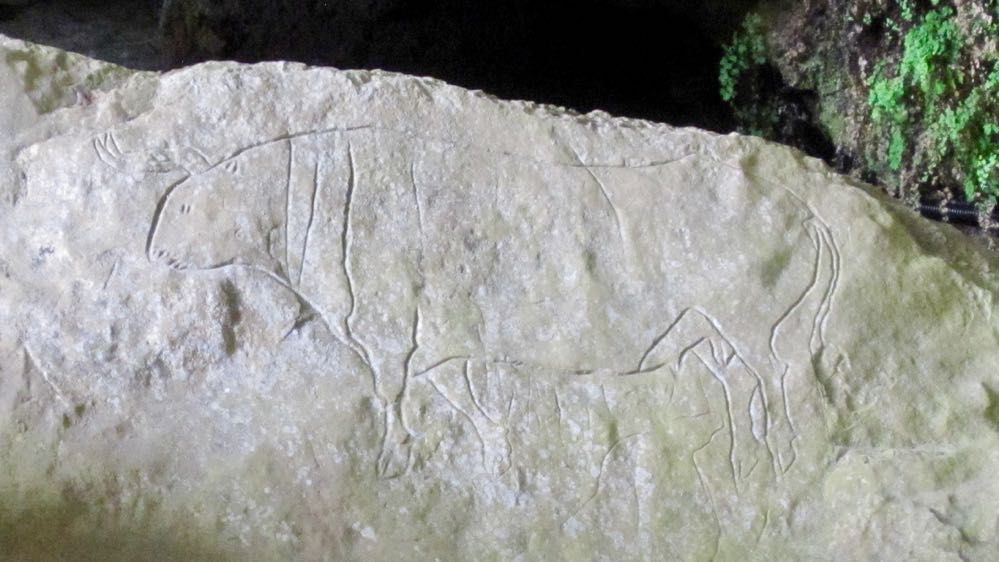
Bos Prigenius or Aurochs prehistoric rock art at the Grotta del Romito
Professor Graziosi described the image as “the most majestic and best executed expression of Paleolithic realism of the Mediterranean” and attributed it to a “Michelangelo of the time.” That’s high praise, but to give some perspective, the ancient bull would have been etched by a Cro-Magnon man or woman who lived by hunting and gathering.
The animal in question is an Aurochs, an extinct species of large wild cattle. The artist’s representation is 1.2 meters (4 feet) wide. The sure-handed detail is remarkable: the upward-turned horns, the delicate rendering of the nostrils, mouth, eye and ear, the neck creases and the cloven hooves, not to mention the graceful lines of the beast’s form.

Bos Prigenius or Aurochs prehistoric rock art at the Grotta del Romito
Underneath the Aurochs, a subtler outline of the head, chest and part of the back of a smaller bovine can be made out. And the etched lines on another stone nearby have long ago lost their significance.
I had made my first acquaintance with the Bos Primigenius at the archeological museum in Reggio Calabria, where a copy of the carved stone is on display. It is excellent for didactic purposes; however, the two versions cannot be compared. In person, the engraving of the ancient bull makes a surprisingly strong impact. Perhaps the authenticity of the surroundings stimulates the imagination even further. The grotto is located in a lovely wood a short walk from the site’s museum.

A walk in the Pollino National Park, Papasidero
Evidence of human presence in the cave dates back 24,000 years, as a series of streams ran through it prior to that time. Archeological digs document habitation up to 6,000 years ago, with a noteworthy activity between 19,000 and 10,000 years ago. The cave was used as a base camp for hunting expeditions to the lower plains as well as to higher elevations, and archeologists believe the Aurochs was a totemic symbol for the community.
ANCIENT GRAVE SITES OF THE HERMIT’S GROTTO

Romito 1 and 2 from the Grotta del Romito in Papasidero at the Archeological Museum in Reggio Calabria
The prehistoric rock art led archeologists to the discovery of ancient graves; to date, nine have been found. Two male-female pairs of skeletons were uncovered in front of the bull, and reproductions of the oval graves have been placed at the site where they were found. Interestingly, the couples appear to be hugging each other. The original pairs are on exhibit at the national archeological museums in Reggio and Florence.

A prehistoric hug, Paleolithic skeletons at Reggio’s Archeological Museum
Individual burials and a third pair of remains were found inside the cave. It has been determined that the skeletal forms, characterized as “Romito 1-8” are between 11,000 and 12,500 years old. And “Romito 9,” the last to be discovered, walked the earth 17,000 years ago! Although only about 12 years old when he died, this young hunter must have been an important figure in his community as he was covered with a layer of ochre, as well as hundreds of small shells and deer teeth that would have decorated his clothes or furs. Other shells formed bracelets and ankle ornaments.
Modern analyzation of these Upper Paleolithic bones has revealed many details of interest, such as one individual with dwarfism, a pair who were blood relatives, and a severely bent-over skeleton of a person, “Romito 8,” who suffered from numerous diseases but apparently pulled his weight within the group by using his teeth to work leather.

“Romito 8” from the Upper Paleolithic Period at the Antiquarium in Papasidero, Italy
STRATIFICATIONS OF THE GROTTA DEL ROMITO

Grotta del Romito
Inside the cave, complete with picturesque stalactites and stalagmites, scientists have excavated 7 meters (23 feet) of stratifications from the Upper Paleolithic to the Neolithic periods. In addition to the interments, evidence of daily life has also been documented, such as the butchering of animals, the lighting of fires, and the making of stone tools.

Visiting the Hermit’s Cave
Highlights from later periods include decorated spear tips made of Bos primigenius bone and objects in obsidian, which would have come from the Aeolian Islands and indicates early contact and trading.

Incised Paleolithic spear tips made of bone from the Bos Primigenius found at the Grotta del Romito and on display at Reggio Calabria’s archeological museum
The museums in Reggio and Florence have exhibits of numerous artifacts, as does the Antiquarium, the museum on the grounds of the site, where there is even a reproduction of the head of “Romito 7” on display. He would have been between 18 and 20 years old when he died, and judging by his bone structure was a handsome young man.

“Romito 7” from the Upper Paleolithic Period at the Antiquarium in Papasidero, Calabria
VISITING THE GROTTA DEL ROMITO
The Grotta del Romito is open year round, every day of the week, and can be visited with a guide from the Antiquarium (Information: +39-0981-83078). The medieval village of Papasidero and the Sanctuary of the Madonna di Costantinopoli are also well worth a visit. Moreover, outdoorsy types will enjoy area hiking and rafting on the Lao River. Have you worked up an appetite?

Antipasto for one (hungry) modern woman
Don’t worry if you arrive hungry to the Grotta del Romito as the trattoria will satisfy your cravings. Nonna was making the fresh pasta in the back room when I arrived. Buon appetito!

Gnocchi with tomato sauce at the Trattoria Grotta del Romito
The Grotta del Romito is located in a district of Papasidero, a village in the Pollino Mountains in the Province of Cosenza in the very northwest of Calabria. More information in Italian can be found on the Papasidero community website.
Read another blogpost about a prehistoric archeological site in Southern Calabria in Calanna: Iron Age Pots and Medieval Memorabilia in Calabria.
For an in-depth look at this alluring land in the toe of the boot, check out Calabria: The Other Italy, my non-fiction book about daily life, history, culture, art, food and society in this fascinating southern Italian region. More about the Pollino Mountains and Southern Italian culture in Basilicata: Authentic Italy, my book about Calabria’s northern neighbor. They’re widely available in paperback and e-book versions. 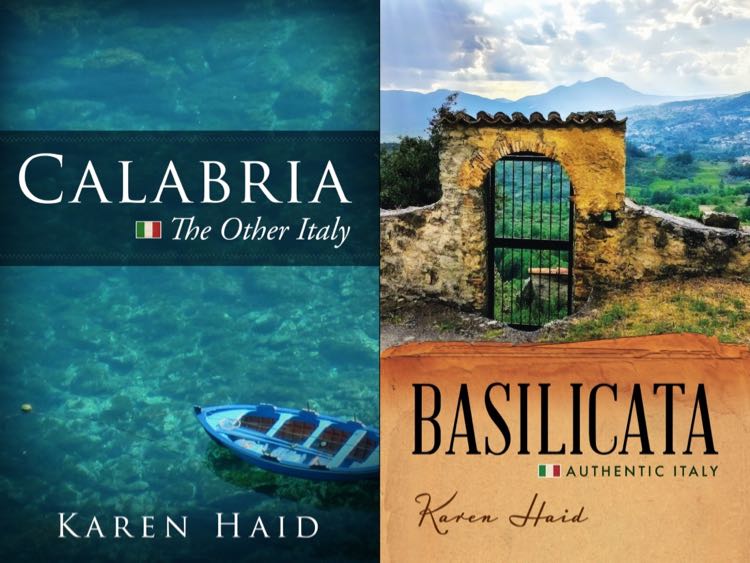
“Like” Calabria: The Other Italy’s Facebook page and follow me on Karen’s Instagram and Karen’s Twitter for more beautiful pictures and information.
Sign up below to receive the next blog post directly to your email for free.
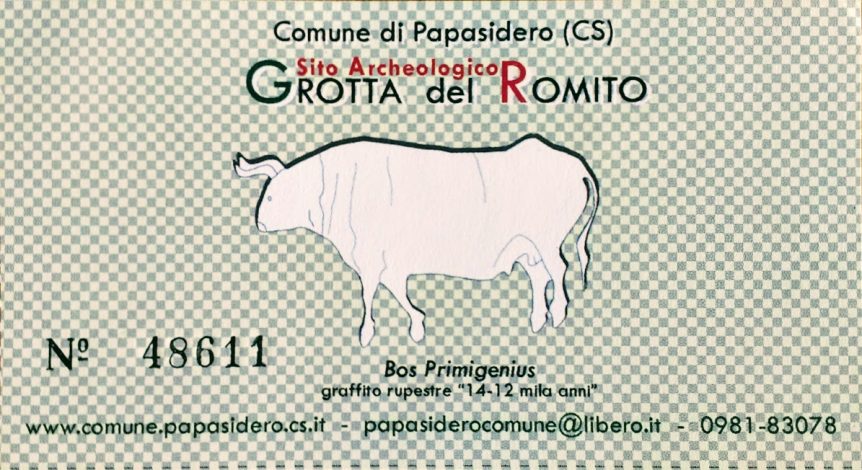
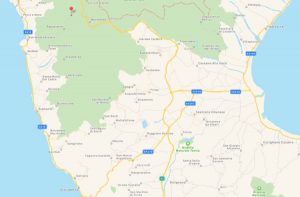
Comments 8
Curiouser and curiouser…I was getting more and more excited as I read through your post. Petroglyphs, cave dwellings in a forest setting, burials…this is the stuff of every history buff’s fantasy. I couldn’t help but imagine what this ancient society must have been like with such varied members in it. Absolutely fascinating Karen, thank you!
Author
I feel the same way. Early Stone Age people with a level of artistic and emotional sophistication not usually associated with “cavemen.” Plus, to find so much history in just one place is amazing. And I’m sure there will be a “Romito 10” in the future!
Fascinating pictures and what a treat to see a dish of gnocchi at the end – that’s our favorite and we have a great place near us that makes their own and sells it to restaurants and retail. You’re helping me plan next week’s menu!
Author
I arrived famished to the Grotta, so believe me, not only was it a treat but it was a relief to have that delicious food placed in front of me. Enjoy your gnocchi this week!
I’m finding myself wanting to discover more about these types of natural places! And I absolutely love archaeological discoveries! It still amazes me how much there is to discover in this region!!
Author
Absolutely, it could take a lifetime to see everything, and then there will always be something new.
Great, nicely written.
Author
Thanks, it’s a beautiful image and fascinating gravesite.